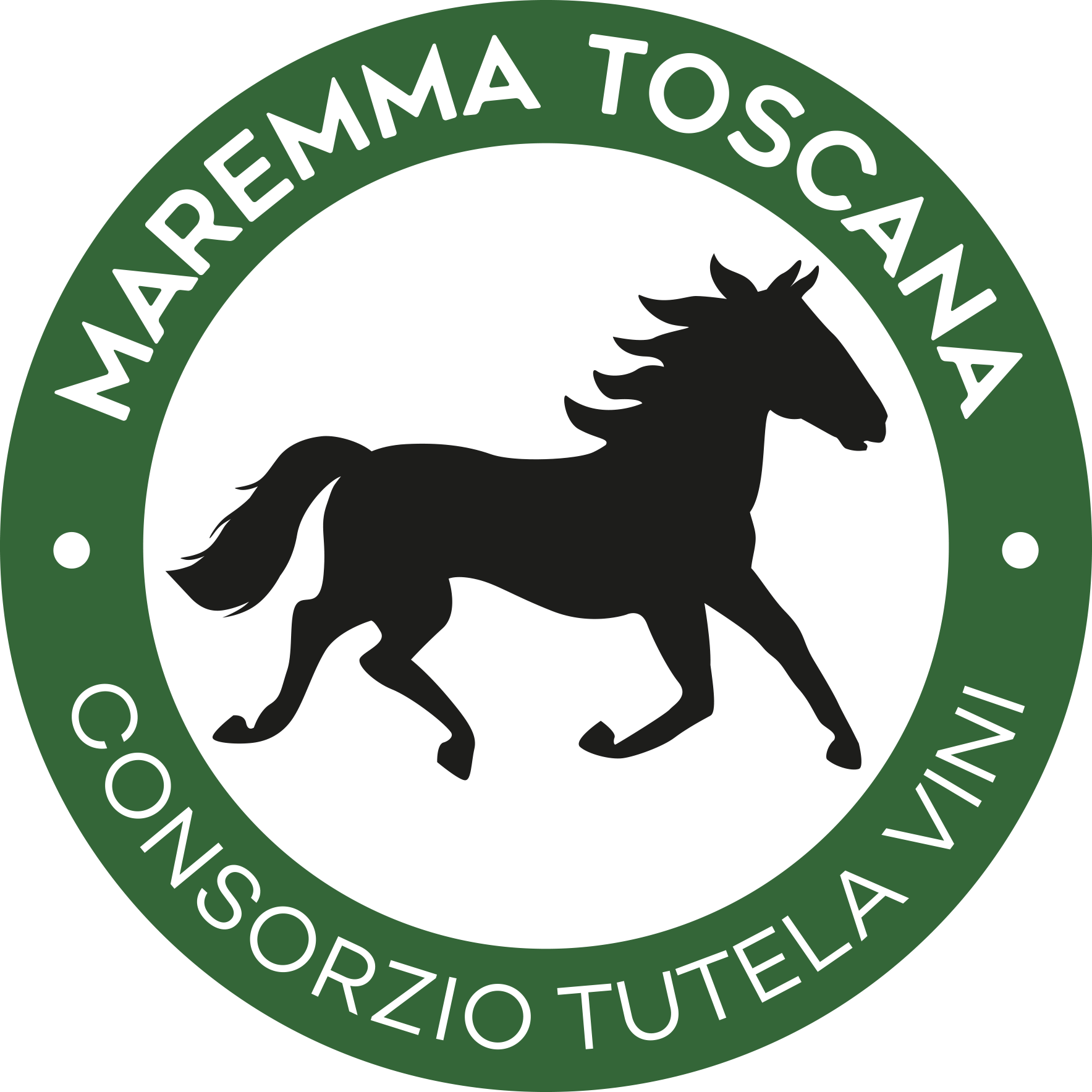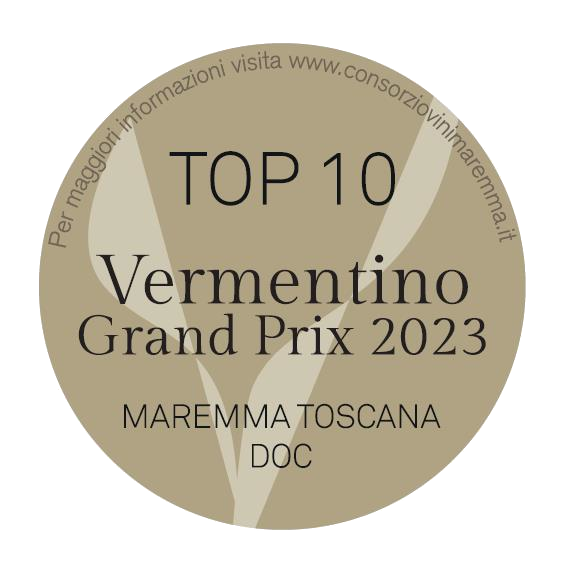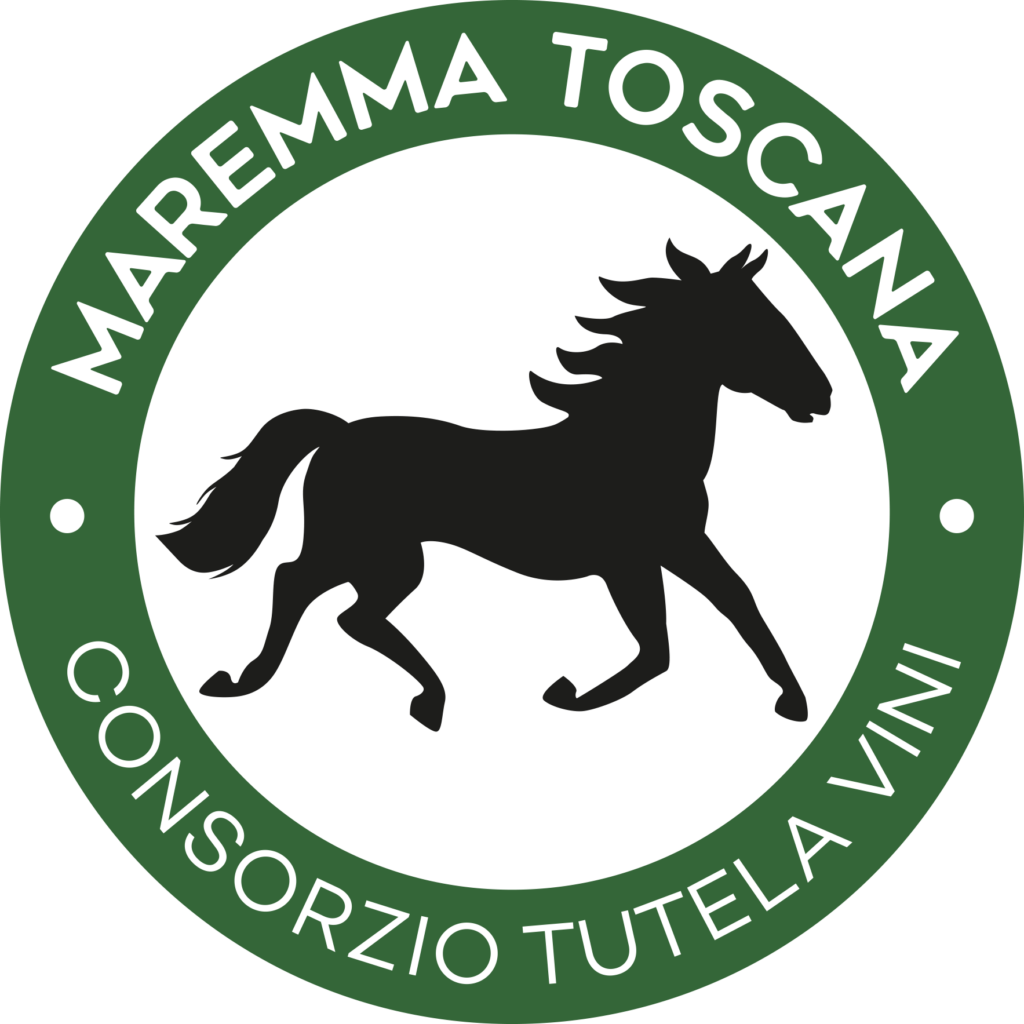Merlot
It is an international vine of French origin, more precisely from the Gironde area which has experienced, in recent years, a strong expansion in the Maremma area, passing from about 350 hectares in 2006 to the current 640, located mainly in the municipality of Magliano, therefore in those of Grosseto, Pitigliano, Manciano and Gavorrano.
It is also known by the synonyms Merlò, Petit merle, Crabuet noir, Bigney, Merlau.
From France, its cultivation has spread practically all over the world, thanks to its good adaptability to pedoclimatic conditions. It arrived in Italy at the end of the 1800s, in the Friulian territory, from where it then spread throughout the Triveneto and, subsequently, also in many central and southern regions. Before 1800 it was considered a secondary vine and was indicated by another name, Crabunet noir, still today a synonym quite in use in France; only later did it assume its current name, sometimes even that of Vitraille.
It is a vine with an average ripening period and a medium-high vigor, which prefers hilly, cool soils, which maintain sufficient humidity during the summer, given that it is very sensitive to drought, and well-ventilated areas but not too much exposed.
The wines, if young, are of a more or less intense ruby red color, sometimes almost black with violet reflections, which tends to garnet with aging, with a fruity aroma (jam, red fruits, blackberries, currants, dried plums), with typical herbaceous notes, due to the presence of pyrazines, tendentially vinous, with a fairly tannic, dry and soft flavor, which with aging takes on a bitter, fine and full-bodied aftertaste.
Merlot wines go well with cold cuts, cheeses, croutons, white meats and savory first courses of the Tuscan tradition, while the more aged versions are excellent with roasts, red meats, grilled, stews and game.
The Merlot and Maremma Toscana DOC grape variety:
Maremma Toscana DOC “Rosso” and “Rosso Riserva” (presence in the minimum limit of 60% alone or together with Sangiovese, Ciliegiolo, Syrah, Cabernet Sauvignon and Cabernet franc)
Maremma Toscana DOC “Rosato” (presence in the minimum limit of 60% alone or together with Sangiovese, Ciliegiolo, Syrah, Cabernet Sauvignon and Cabernet franc)
Maremma Toscana DOC “Rosato Spumante” or “Rosè Spumante” (presence in the minimum limit of 60% alone or together with Sangiovese, Ciliegiolo, Syrah, Cabernet Sauvignon and Cabernet franc)
Maremma Toscana DOC “Novello” (presence in the minimum limit of 60% alone or together with Sangiovese, Ciliegiolo, Syrah, Cabernet Sauvignon and Cabernet franc)
Maremma Toscana DOC “Red Government with Tuscan use” (presence in the minimum limit of 60% alone or together with Sangiovese, Ciliegiolo, Syrah, Cabernet Sauvignon and Cabernet franc)
Maremma Toscana DOC “Passito Rosso” (presence in the minimum limit of 60% alone or together with Sangiovese, Ciliegiolo, Syrah, Cabernet Sauvignon and Cabernet franc)
Maremma Toscana DOC “Merlot” (presence for at least 85%)
Maremma Toscana DOC “Merlot Rosato” (presence for at least 85%)
Maremma Toscana DOC “Merlot Passito” (presence for at least 85%)
Maremma Toscana DOC Bivarietal: Merlot associated with another black grape variety (presence between 15% and 85%)


